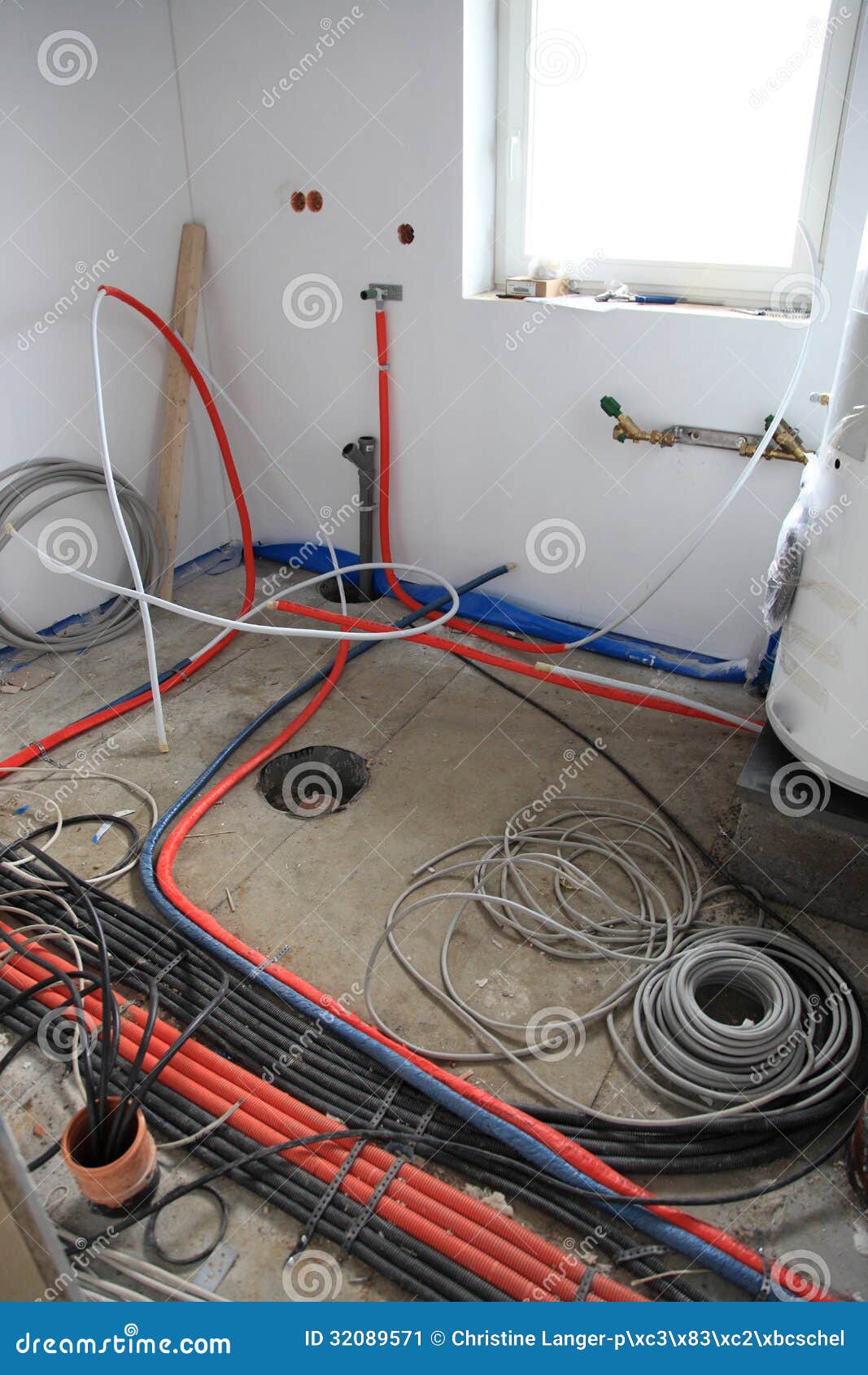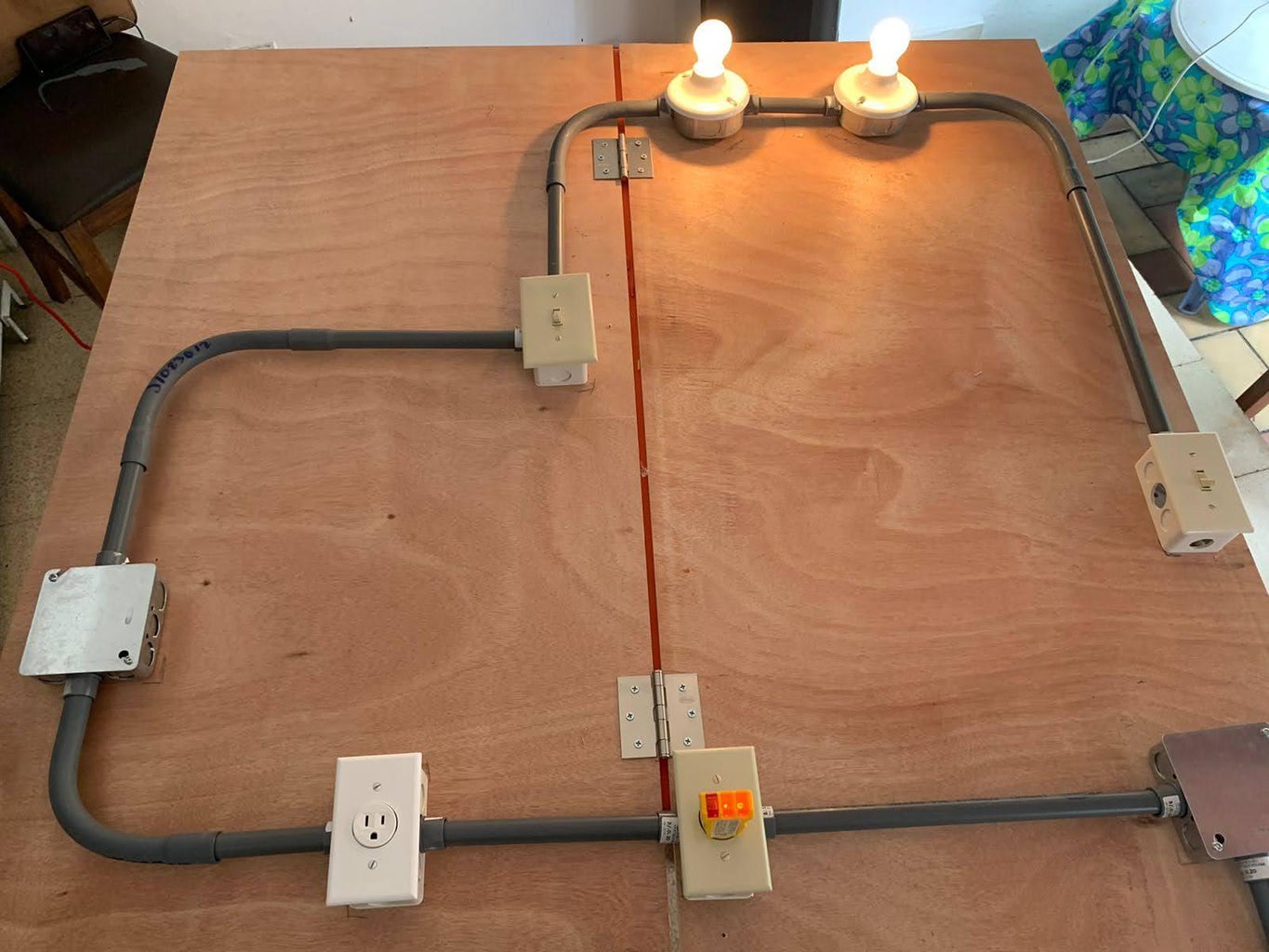Trust Fund BRE Electrical Melbourne for High-Quality Electrical Services
Trust Fund BRE Electrical Melbourne for High-Quality Electrical Services
Blog Article
Debunking Electric Installment: Understanding Codes and Rules for a Lawful and Safe Arrangement
In the world of electrical setup, adherence to codes and policies is extremely important to make sure both validity and safety. The intricacies bordering electric work can be complicated, but acquainting oneself with the well-known requirements is essential to browsing this area with self-confidence. By recognizing the intricacies of the National Electric Code and local building regulations, individuals can ensure that their installations meet needed safety steps and remain in compliance with the regulation. The journey to demystifying electrical installment goes beyond plain knowledge with laws; it necessitates a profound understanding of exactly how to implement secure electric methods efficiently.
Relevance of Electric Codes
The adherence to electric codes is critical in making certain the safety and reliability of electrical setups. Electrical codes serve as a collection of criteria and guidelines that dictate the appropriate design, setup, and maintenance of electric systems. These codes are established to reduce the risk of electric dangers, fires, and other security problems that might arise from defective electric work.

Additionally, electrical codes are on a regular basis upgraded to include brand-new modern technologies, ideal techniques, and precaution. Staying upgraded with these codes is important for specialists in the electric sector to guarantee that their job meets the newest safety criteria. Ultimately, the relevance of electric codes hinges on developing a safe and secure and efficient electric facilities that profits both individuals and communities.
Trick Rules for Safety
A number of basic policies govern the security requirements in electric installments. One essential regulation is the National Electrical Code (NEC), which supplies guidelines for secure electrical layout, installation, and evaluation to safeguard people and home from electrical threats. The NEC covers elements such as wiring techniques, grounding, overcurrent security, and equipment installation to guarantee a risk-free electric system.
One more important regulation is the Occupational Security and Health And Wellness Management (OSHA) requirements, which focus on the safety of employees included in electric installations (BRE Electrical Solutions). OSHA regulations include requirements for correct training, security procedures, and personal safety tools to stop workplace accidents and injuries
In Addition, the International Electrotechnical Payment (IEC) requirements aim to integrate electric setup guidelines on an international scale. These standards address concerns like electric equipment safety, electro-magnetic compatibility, and power performance to promote uniformity and safety and security in electric installations worldwide.
Compliance with these key laws is necessary to make sure the safety and security and validity of electrical installments, protecting both people and building from the dangers related to power.
Comprehending National Electric Code
Trick guidelines such as the National Electrical Code (NEC) provide important guidelines for secure electric design, setup, and inspection to make certain the defense of people and home from electrical hazards. The NEC, additionally called NFPA 70, is a comprehensive set of criteria for electrical installations that are upgraded every three years. It is developed by the National Fire Defense Association (NFPA) and is extensively embraced across the United States.
The NEC covers various elements of electrical work, including circuitry techniques, grounding, overcurrent security, and equipment setup. It aims to safeguard individuals and residential or commercial property by attending to possible dangers connected with electric systems. Conformity with the NEC is normally enforced by local authorities having jurisdiction (AHJs), such as visit our website building code officials and examiners.
Understanding the NEC is crucial for electric specialists, designers, and assessors to make certain that installments fulfill the essential safety and security needs. By sticking to the NEC guidelines, experts can help stop electric crashes and make sure the dependability of electric systems in residential, commercial, and commercial setups.

Conformity With Local Building Regulations
Recognizing click here for more and sticking to regional building regulations is essential for making sure the safety and conformity of electrical installments within a certain territory (BRE Electrical Solutions). Regional building regulations vary from one district to another, and they are established to protect the wellness of passengers and properties. These codes describe details demands for electric installments, such as the kind of wiring to be made use of, positioning of outlets, basing techniques, and tons abilities. By following regional building ordinance, electrical contractors can ensure that setups are done correctly and satisfy the required safety requirements.
When it comes to electrical installments, failure to conform with neighborhood building regulations can cause severe effects. Non-compliant setups might pose safety and security dangers, enhance the threat of electrical fires, and result in expensive penalties or legal problems. In addition, insurance coverage companies might refuse to cover problems arising from setups that do not satisfy neighborhood building code needs. It is crucial for electricians and service providers to remain notified about and strictly stick to the regional structure codes relevant to their tasks.
Guaranteeing Safe Electrical Practices
Exercising stringent adherence to look what i found developed security procedures is essential in the field of electric setups to mitigate possible dangers and ensure the well-being of people and properties. Safety in electrical job encompasses different aspects, starting with the proper training of employees included in installation, upkeep, and repair. It is important to comply with manufacturer guidelines diligently when dealing with electrical elements and equipment. Prior to starting any kind of job, it is essential to perform a thorough danger assessment to identify prospective dangers and apply safety nets. Using individual safety equipment (PPE) such as protected gloves, shatterproof glass, and non-conductive footwear is non-negotiable to safeguard versus electrical shocks and arc flashes. Normal tools inspections, testing, and maintenance schedules are vital to detect and correct faults prior to they rise into security threats. Additionally, adherence to appropriate lockout-tagout procedures throughout maintenance activities is essential to avoid unintentional energization of circuits. By focusing on risk-free techniques, electric setups can work efficiently while minimizing the likelihood of accidents or damages.
Final Thought
To conclude, adherence to electric codes and regulations is critical for ensuring the safety and security and legitimacy of electric setups. Understanding the National Electric Code and compliance with regional building regulations are crucial for a safe setup. By complying with these guidelines and practicing risk-free electric practices, individuals can avoid possible hazards and make certain the proper functioning of their electric systems.
Report this page